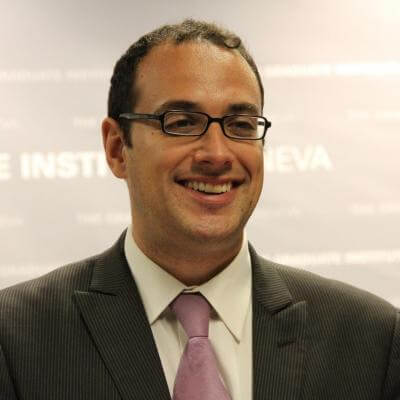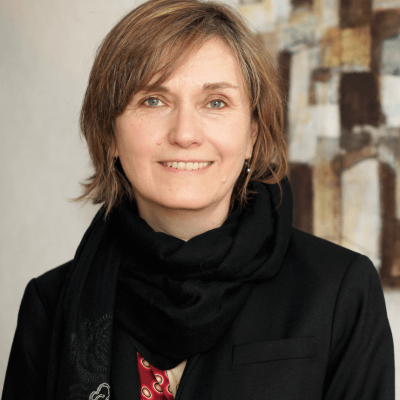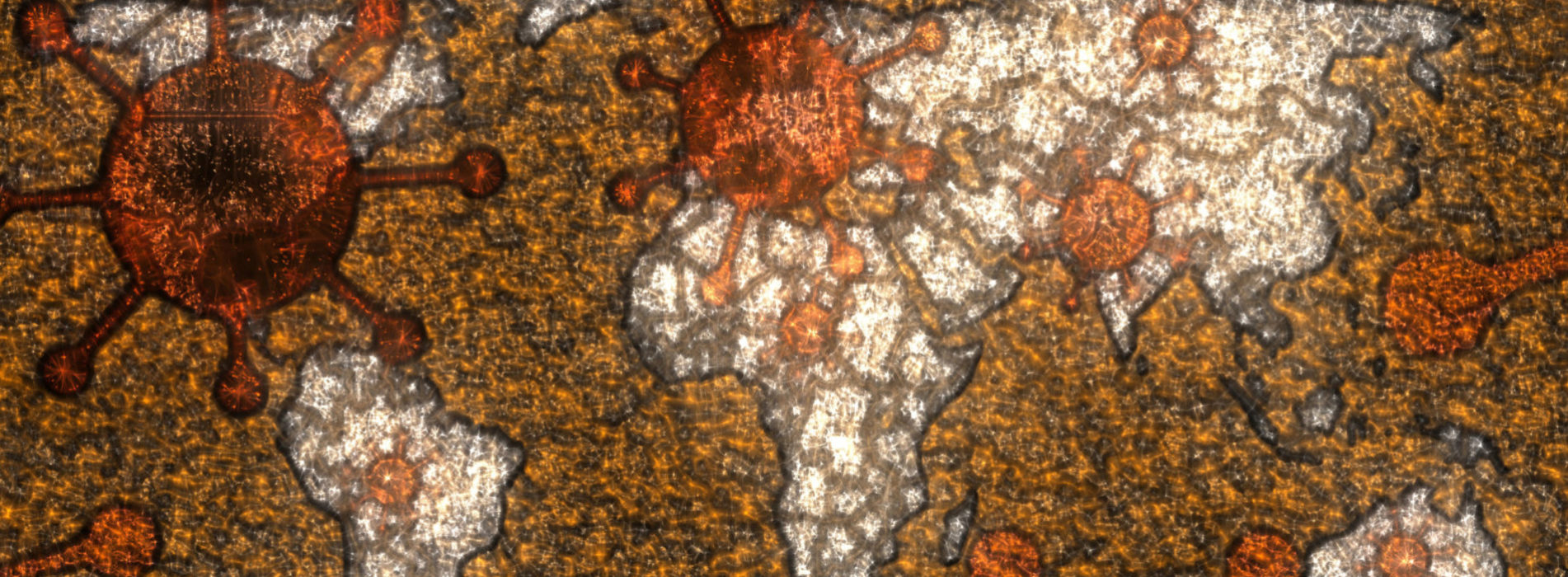Pandemic and Political Geographies
In many ways, the Coronavirus pandemic is like the French Revolution in Zhou Enlai’s apocryphal comment: it is far too early to tell what will come out of it. The commentariat has been quick to speculate about the future of right-wing populism in the wake of Covid-19. Initially at least, however, the response of illiberal regimes to the crisis did not seem to follow a consistent pattern. As Trump was flip-flopping, Modi ordered a lockdown, Bolsonaro went into full denialism, and Orbán set out to sap the last remains of Hungary’s democracy. Some right-wing populist parties currently in opposition largely disappeared from the limelight during the pandemic’s initial weeks. And the long-term political consequences will at any rate be co-articulated with the as yet unpredictable economic aftershocks.
Yet, for all the imponderables, there is one mediator between the pandemic and politics that deserves more attention: geography. The way in which the media has worked, with its daily primetime parade of statistics, graphs and maps, along with the preponderance of domestic policy responses, has led us to conceive of the pandemic in national containers. Comparing national death tolls has become a global sport, as commentators have uncannily used them to judge and extrapolate the quality of unspecified national “policies”. We have thus been treated to the insight that “the western world still cannot understand that it has collapsed” because the virus has taken its greatest toll in Western Europe.Comparing national death tolls has become a global sport The US economist Branko Milanović lamented that “nobody” was discussing “differences in death rates between Eastern and Western Europe,” referring to an article from Russia Today that attributed such oversight to “a Cold War SUPERIORITY complex.” The Guardian columnist Afua Hirsch deplored that “Africa’s coronavirus successes are being overlooked,” invoking the low number of deaths in Ghana and Senegal. The list of national governments not having received their supposedly due credit has become endless.
EPIDEMIOLOGICAL AND POLITICAL GEOGRAPHIES INTERRELATE IN UNEVEN WAYS
Apart from occasionally pointing to the widely recognised importance of testing and the timing of lockdowns, such punditry has, however, rarely been able to spell out the specific policy mix behind such pan-Eastern European or African successes. There are simply too many good epidemiological reasons – global connectedness and demography, for example – to account for Eastern Europe’s and Africa’s lesser exposure to the pandemic. As their political responses were roughly in line with Western Europe’s, they were lucky that the virus came late to them, in a spread pattern remarkably reminiscent of the fourteenth-century plague epidemic. Sure, compared to other latecomers, such as Britain and the US, they did well in locking down in time. But the point is that in any global analysis, epidemiological and political geographies have to be thought of in relation to each other.
Both the virus and the nation-state turn out to be treacherous entities When thinking about these related geographies, both the virus and the nation-state turn out to be treacherous entities, not so much because of the truism that the virus knows no boundaries, but because epidemiological and political geographies interrelate in uneven ways. In order to know what share of national per capita death tolls can be attributed to specific policies, we first have to understand the epidemiology, which many casual observers praising or damning entire countries have failed to do.
This lack of analytical prowess contrasts with the abundance of more serious epidemiological discussions, which for the first time are reaching a wider public. Those following such informed debates have learned that there is a value (the dispersion factor k) to measure the virus’s capriciousness. As it turns out, SARS-CoV-2 has a predilection for superspreading events, further undermining the notion that the pandemic’s uneven geography exclusively stems from national or continent-wide policy responses.
Of the geographic units available for measuring the virus’s spread, the national unit is among the more deceptive: as of 1–3 June, the canton of Geneva had 54 deaths per 100,000 inhabitants, whereas the canton of Bern had eight. New York City had 250, Texas six. Few people would attribute this low figure to Texas’s marvelous policy response. Indeed, some of the reasons behind this geographic unevenness will likely remain cloaked in mystery for many years to come. Even 100 years after the event, scientists and historians are still discussing and disputing the patterns of the flu pandemic of 1918. Given the present virus’s low dispersion factor, future historians are bound to speak of “contingency.” In plainer terms, hindsight will make a significant part of the geography look like good or bad luck.
This is not to say that the virus is spreading randomly, of course. Among the more measurable parameters, the global connectivity and population density of a city rank high on the list of potential culprits. Such factors have long been prime suspects of contagion: not without reason were late nineteenth-century epidemiologists obsessed with port cities. Colonial authorities in British India paid special attention to population density in a census they conducted in the wake of the plague epidemic that originated in Hong Kong in 1894. More broadly, the history of epidemics and urban history are closely entangled.
DENSITY ALONE IS NOT DESTINY
In the flu pandemic of 1918, population density, however, proved a poor predictor of per capita death rates throughout the United States. In Switzerland today, Covid-19 cases or deaths and cantonal population density are not really correlated. Some of the world’s most connected, densest and potentially most vulnerable cities today, such as Singapore or Hong Kong, have fared relatively well. Though crowded housing populates today’s headlines on Covid-19 in the hotspots of urban America, such as Chelsea, Massachusetts, the fine print reveals that it is a much wider gamut of living conditions that matter: when did the virus first arrive and how? Were there any particular large, crowded events? Who lives in a certain area? What jobs do they have? Can they afford to stay home? What are a zip code’s patterns of social and family interaction?
There are also important factors of human geography unrelated to residential density. Whether in Colorado, Tyrol, or the French Alps, ski resorts appear to have a lot to answer for in the current pandemic. As the northern hemisphere moves into summer, meat-packing plants have become hotspots (possibly because they are cold). Islands, regardless of population density, on the contrary, seem better off. Although population density has been a common suspect throughout history, its epidemiological guilt has never been unequivocal or unilateral Although population density has been a common suspect throughout history, its epidemiological guilt has never been unequivocal or unilateral.
Even so, contagious diseases on the whole have long hit urban areas harder, and this one is no exception. Today, in the US, urban areas have borne the brunt. The requirement of social distancing, for instance, affects people in cities more severely, and it may even lead to a recalibration of desirability of residence along the urban-suburban-rural spectrum; a patch of greenery suddenly becoming a cherished good. Some are predicting the death of quintessentially urban institutions, such as the department store. Will there be consequences for subways or sidewalk cafés? Does the virus threaten a revival of the post-WWII love of cars?
Epidemiologically, cities and transport hubs are special places that have contributed importantly to the timing of the virus’s spread. In most countries, the virus arrived first in cities with major global transportation hubs such as large airports. By the time national or subnational restrictions on movement came to affect urban and rural areas alike, the former simply had already had more time to travel up the path of exponential growth.
This is where political geographies come in. Lockdowns or other restrictive policy measures, and their economic consequences, have a geography that differs from that of the virus. The geographic mismatch between experience of the disease and exposure to its economic consequences may well further exacerbate local variations in the acceptance of restrictive public health measures.
This cleavage is particularly dramatic in the United States, where it falls on a deep political polarisation that itself overlaps with the rural-urban divide. This situation has led to “a tragic collision of viral spread and political geography”. Public attitudes to the pandemic in the US reveal a shockingly partisan polarisation, to the extent that Covid-19 is already being portrayed as a blue-state diseasePublic attitudes to the pandemic in the US reveal a shockingly partisan polarization . Tellingly, a state’s political preferences strongly correlate with the importance of large metros within its cities. The right-wing insurgency against the lockdown surely owes something to these geographies, as it emerged precisely from epidemiologically less affected rural areas.
The United States is a particularly conspicuous example of mismatch between epidemiological and political geographies, but the issue surely plays out elsewhere, too. A less deep, but nonetheless palpable, division is discernible in Switzerland, where the less affected, rural, German-speaking cantons – which also have the highest vote share for right-wing populist parties – oppose the restrictive measures more strongly than the French-speaking cantons. Wherever the rural-urban divide shapes the nature of right-wing populism, human geography will likely play an important role in determining how the pandemic impacts the future of democracies.
Confederation billions to save the Swiss economy | PODCAST with Cédric Tille
Research Office, The Graduate Institute, Geneva
Peut-on comparer la grippe espagnole et le Covid-19? VIDÉO avec Davide Rodogno
Graduate Institute, Geneva et Heidi.news
What hope for the environment? PODCAST with Joëlle Noailly
Research Office, The Graduate Institute, Geneva
PODCAST | The violent consequences of the Covid crisis in India, with Rahul Mehrotra
Research Office, The Graduate Institute, Geneva
New technological tools: a plus for democracy? PODCAST with Jérome Duberry
Research Office, The Graduate Institute, Geneva
Latin America and the Covid-19 crisis | PODCAST with Yanina Welp
Research Office, The Graduate Institute, Geneva
An Indonesian democracy at risk | PODCAST with Jean-Luc Maurer
Research Office, Graduate Institute, Geneva
Democracy in coronavirus times | VIDEO with Shalini Randeria and Ivan Krastev
The Graduate Institute, Geneva (Excerpt of the podcast series “In Conversation With“)












